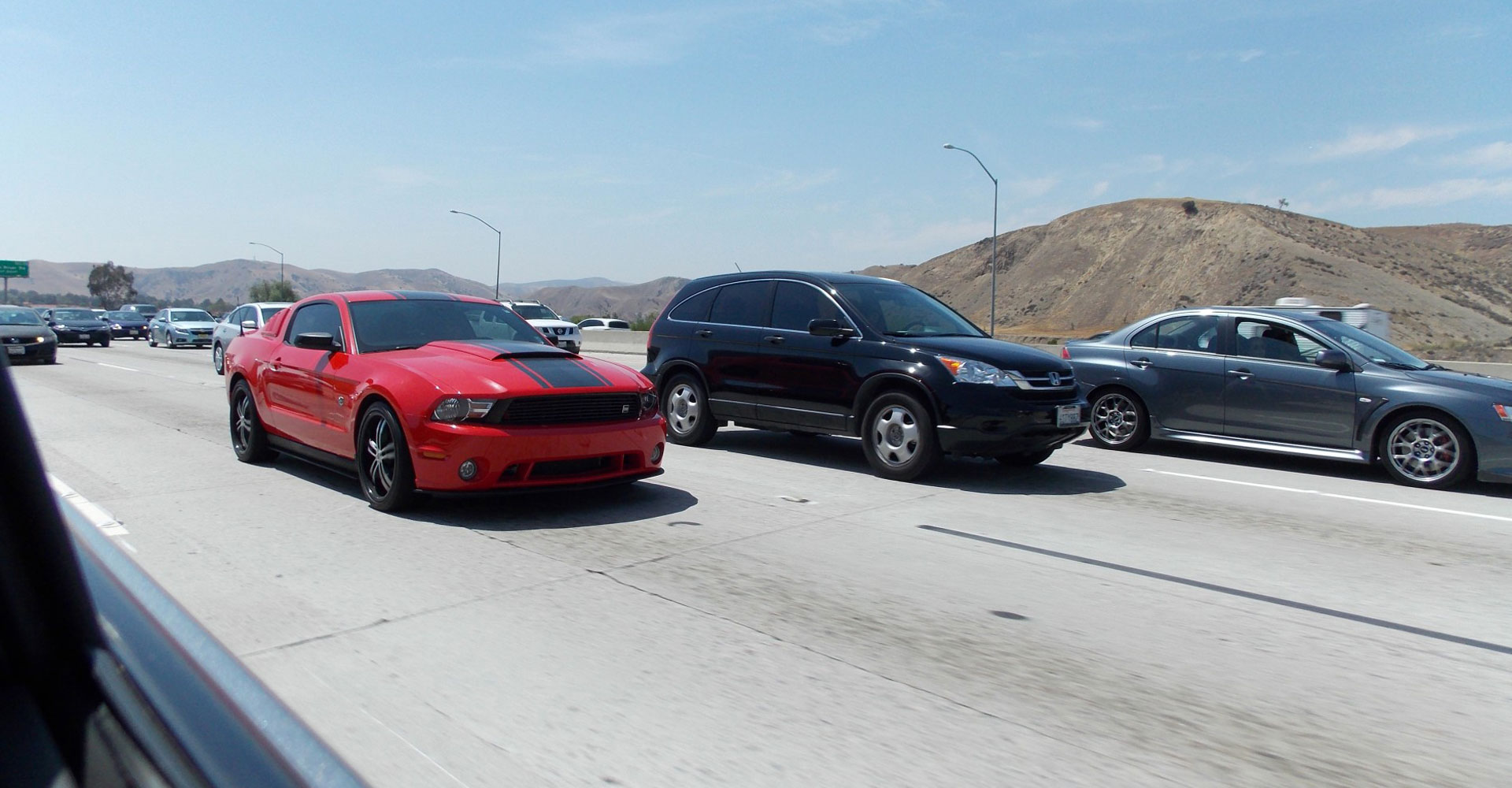
The blind spot is a problem that has been evident in the automotive industry since the first vehicle rolled off the production line. It has to do with the angle of the mirror and the shape of the vehicle and what can be reflected in the mirror used. Certainly little has changed when it comes to the side mirrors of the first vehicles compared to today’s latest vehicles. Regardless of what you drive, be it a truck,bus, car, motorcycle or van you will have a blind spot of some degree in each of these. The size of the blind spot will vary dependant mostly on make and model but nearly all can “hide” another vehicle in it of the same size or larger than the vehicle you are travelling in.
Think about how we are taught to drive. We are taught to check our blind spot by turning in our seat and physically checking over our shoulders to see if there is a vehicle lurking back there in the blind spot. Now, think about the action of the lane change. It generally involves an increase in speed and to ascertain the safety of the merge we have to take our eyes from the road and look behind us. It doesn’t make sense on so many levels does it?
MaxiView blind spot mirrors didn’t think so either. That was why they developed a better and more successful answer to the current blind spot mirrors. You see, the only available answer to the blindspot has come in the form of a mirror that not only reduced the size of the reflected image so the driver really had to squint and strain to see what was being reflected, but it also meant that the driver had to accurately judge how far away the other vehicle is ion order to switch lanes safely. MaxiView took the more logical approach and enlarged the image reflected by up to three times. This gives drivers ample time to ascertain the safety of the move.
